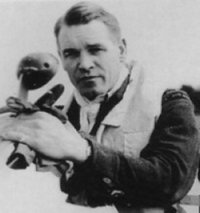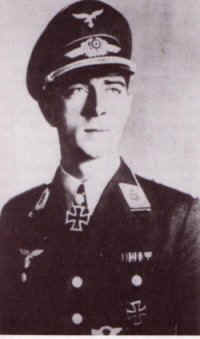
Sailor Malan (Adolph Gysbert Malan) was born on the 3rd of October 1910 in Wellington, South Africa. By the age of 14 he was a sea cadet on the training ship General Botha hence the name Sailor. In 1935, Malan had been accepted by the RAF on a short service commission and started flight training in early 1936. In December of that same year he was posted to 74 Squadron at Hornchurch and became a Flight Commander one year later. After the outbreak of war, Malan went into action with 74 Squadron, with their newly equipped Spitfires, over the beaches of Dunkirk. On the 21st of May 1940 he scored his first victories just off the coast at Dunkirk destroying a Ju88, a He111 and damaged another Ju88. On the 22nd of May he shared the destruction of a Ju88, on the 24th he shared a Do17 and destroyed a He111. On the 27th of May during his last combat over Dunkirk he shot down a Bf109, shared a Do17 and damaged two more. It was during the start of the battle Of Britain that Malan, famously, disregarded the “textbook” formations and tactics of aerial combat. He firstly ordered that the machine guns on his Spitfire be re-aligned to a shooting distance of 250 yards, instead of the recommended 400 yards. He abandoned the “3 aircraft Vic” formation for a more unconventional four aircraft in-line attack. Within his squadron, Malan issued his unofficial “Ten Commandments” of aerial fighting

